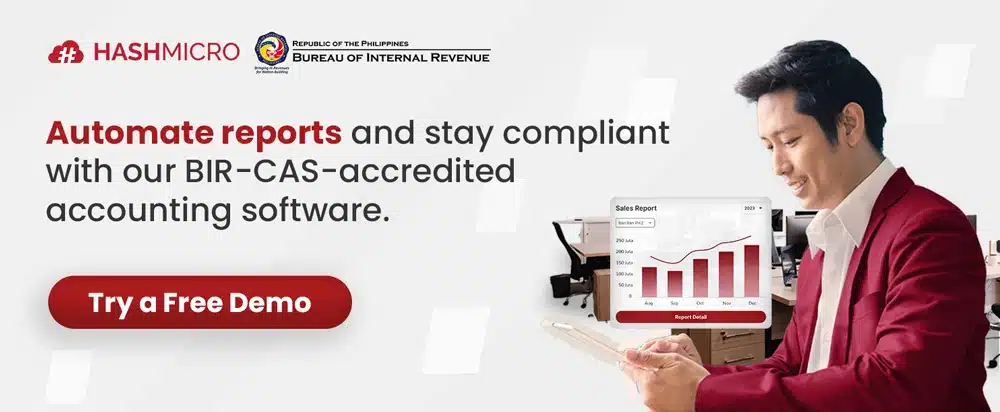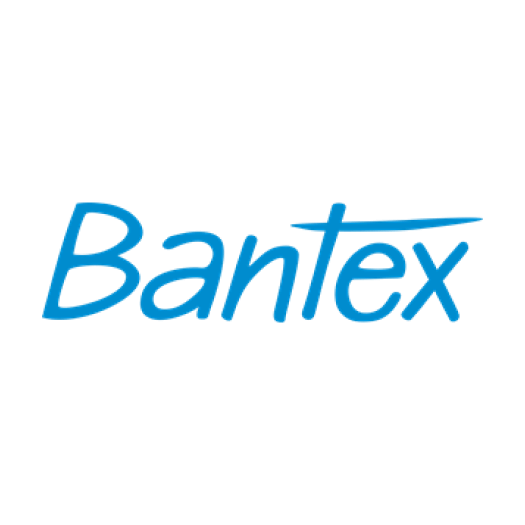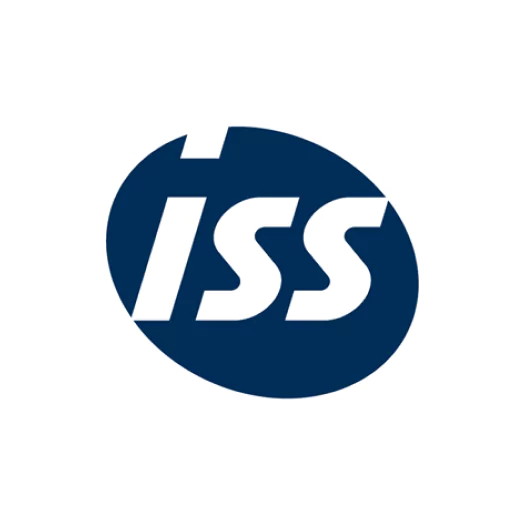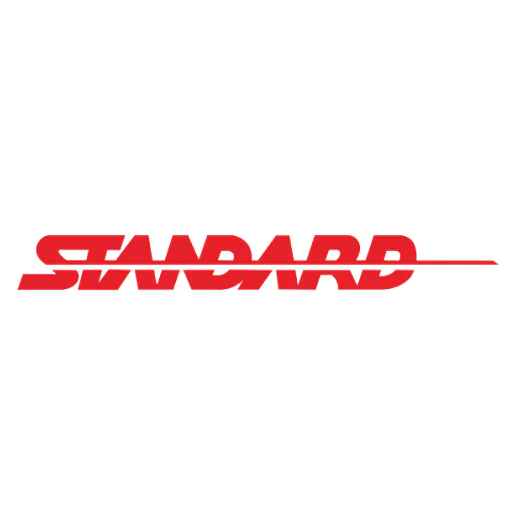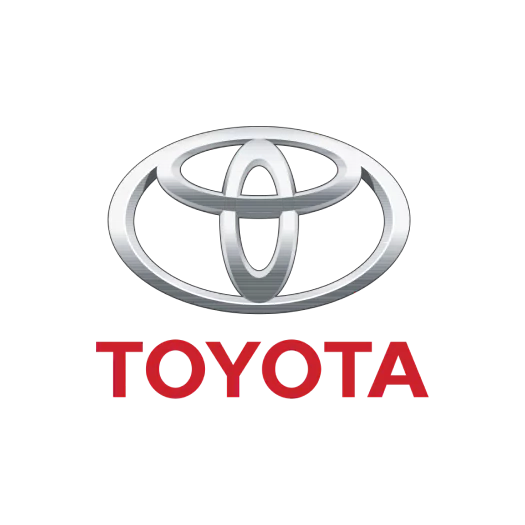In the bustling economy of the Philippines, businesses strive to maintain efficient cash flow amidst various financial challenges. One area that demands attention is the management of notes receivable, which plays a pivotal role in a company’s financial health.
Managers often grapple with issues like delayed collections, manual processing errors, and maintaining accurate records of promissory notes. These problems can lead to liquidity issues and affect overall business performance.
According to insights from the International Federation of Professional Managers Philippines, adopting compelling accounts receivable management practices is essential for mitigating these challenges. Proper evaluation and monitoring can lead to improved financial outcomes.
Read on to delve deeper into notes receivable management and explore potential software solutions. This article offers valuable insights to help you enhance your financial management strategies.
Table of Contents

Key Takeaways
|
What is Notes Receivable?
Notes receivable are formal financial resources where a company extends credit to a customer through a promissory note. Unlike general accounts receivable, which represent unpaid balances for goods or services, note receivable legally bind the customer to repay the amount due within a specified period, often with interest.
When considering notes receivable as assets or liabilities, they are classified as an asset account on the balance sheet. They represent money owed to the company, making them an asset rather than a liability.
The classification of what type of accounting notes receivable depends on the repayment timeline—amounts expected within a year are current assets. In contrast, payments due beyond a year are non-current assets. The company also records interest income earned from these agreements on its income statement.
Businesses often use notes receivable as examples, such as extended credit for large purchases or employee cash advances backed by a promissory note. This financial resource can also enhance cash flow since note receivable can be sold to third parties or used to secure additional financing.
Key Components of Notes Receivable
A promissory note is the foundation of note receivable, ensuring the amount due is legally documented and enforceable. Unlike standard accounts receivable, notes receivable provide businesses with a structured repayment plan, often including interest, strengthening financial stability.
Below are the fundamental elements that determine what type of account is note receivable and how it functions as a financial resource:
1. Payee
The payee is the entity that holds the promissory note and is entitled to receive the amount due, including both principal and interest. This party, often a business or financial institution, records the note as part of its asset account as it represents future cash inflows.
2. Maker
The borrower is legally obligated to repay the notes receivable within the agreed period. Whether an individual or a business, the maker is responsible for fulfilling the terms outlined in the promissory note and ensuring timely payment to the payee.
3. Principal
The principal is the original loaned amount specified in the notes receivable, meaning the maker must repay in full by the note’s maturity date. It is the foundation for interest calculations, determining how much additional financial resources the payee earns.
4. Maturity date
The maturity date refers to the deadline by which the maker must fully settle the amount due. This period varies based on the agreement, defining whether the notes receivable are classified as a current or non-current asset account on the balance sheet.
5. Interest
Interest represents the additional cost paid by the maker for borrowing funds, serving as a benefit to the payee. Unlike standard accounts receivable, notes receivable examples typically include interest as compensation for extended payment terms.
6. Interest rate
The interest rate is the percentage applied to the principal balance to determine the total interest owed. It is a critical factor in what type of account is noted receivable, as it directly impacts revenue generation for businesses managing credit arrangements.
Each element ensures clarity in notes receivable, making them a secure financial resource compared to standard accounts receivable. With legally binding terms, they enhance cash flow while reducing non-payment risk, which can be easily tracked and managed within your accounting system.

Notes Receivable Examples
Notes receivable are commonly used when a business allows a customer extra time to settle an amount due. For example, a technology supplier in the Philippines sells ₱2,500,000 worth of equipment to a publishing company on credit, initially recorded as accounts receivable.
When the buyer cannot pay within 60 days, they negotiate a promissory note, extending the repayment period to six months with a 6% annual interest rate.
In this case, the supplier reclassifies the outstanding balance from accounts receivable to a notes receivable asset, ensuring a structured repayment plan. By the maturity date, the buyer repays the principal plus interest, totaling ₱2,575,000.
Understanding what type of account note receivable ensures correct classification as a current or non-current asset, depending on the repayment period. Unlike standard accounts receivable, a promissory note provides a legally binding agreement, securing payment obligations.
Below is a table illustrating the journal entries for this transaction:
Journal Entries for Notes Receivable
| Date | Account | Debit (₱) | Credit (₱) | Description |
| Day 1 | Notes Receivable – Publishing Company | 2,500,000 | Reclassification from accounts receivable to notes receivable | |
| Accounts Receivable – Publishing Company | 2,500,000 | Remove original invoice balance | ||
| After 6 Months | Cash | 2,575,000 | Full payment received from the publishing company | |
| Notes Receivable – Publishing Company | 2,500,000 | Principal amount settled | ||
| Interest Income | 75,000 | Interest earned over six months (2,500,000 x 6%) |
By structuring notes receivable meaning with proper documentation, businesses in the Philippines can better track financial obligations and maintain a healthier cash flow.
Accounting for Notes Receivable

Recording notes receivable helps businesses track outstanding amounts and classify them as assets on financial statements. Unlike standard receivables, these notes have a formal agreement, ensuring a structured repayment plan that aligns with the accounting equation, where assets must always equal liabilities plus equity.
When a company issues a note, it records the transaction by debiting the notes receivable account and crediting either revenue or existing receivables. This entry ensures the obligation is properly documented until the full amount is settled.
Upon payment, the business debits cash and credits the note while separately recognizing any earned interest. This accounting process helps maintain accurate financial records and strengthens cash flow management.
Notes Receivable vs. Notes Payable

Notes receivable and notes payable represent opposite sides of a financial transaction, distinguishing lenders from borrowers. A company holding note receivable records it as an asset, while the borrower lists the corresponding notes payable as a liability.
Accounts receivable arise when a business lends money or extends credit under a promissory note, expecting repayment within an agreed-upon period. In contrast, a note payable represents the borrower’s obligation to settle the outstanding balance, often with interest.
While both accounts track formal credit arrangements, their classification on financial statements differs. Notes receivable strengthen cash flow as a future income source, while notes payable reflect outstanding debts that require careful repayment planning.
Notes Receivable vs. Accounts Receivable: Key Distinctions

While notes and accounts receivable represent amounts owed to a business, they differ in structure and terms. A promissory note legally formalizes notes receivable, often including interest, while accounts receivable are informal credit transactions with shorter payment terms.
A key difference is how payments are made and classified in financial records. Accounts receivable are typically short-term assets with payments due within 30 to 60 days, while notes receivable can extend over months or years, making them either a current or long-term asset account depending on the amount due.
Understanding what type of account is note receivable helps businesses manage credit more effectively. Unlike standard accounts receivable, notes receivable examples often involve structured repayment schedules, making them a more secure financial resource for companies seeking predictable cash flow.
Simplify Notes Receivable Management Using HashMicro Accounting ERP Software
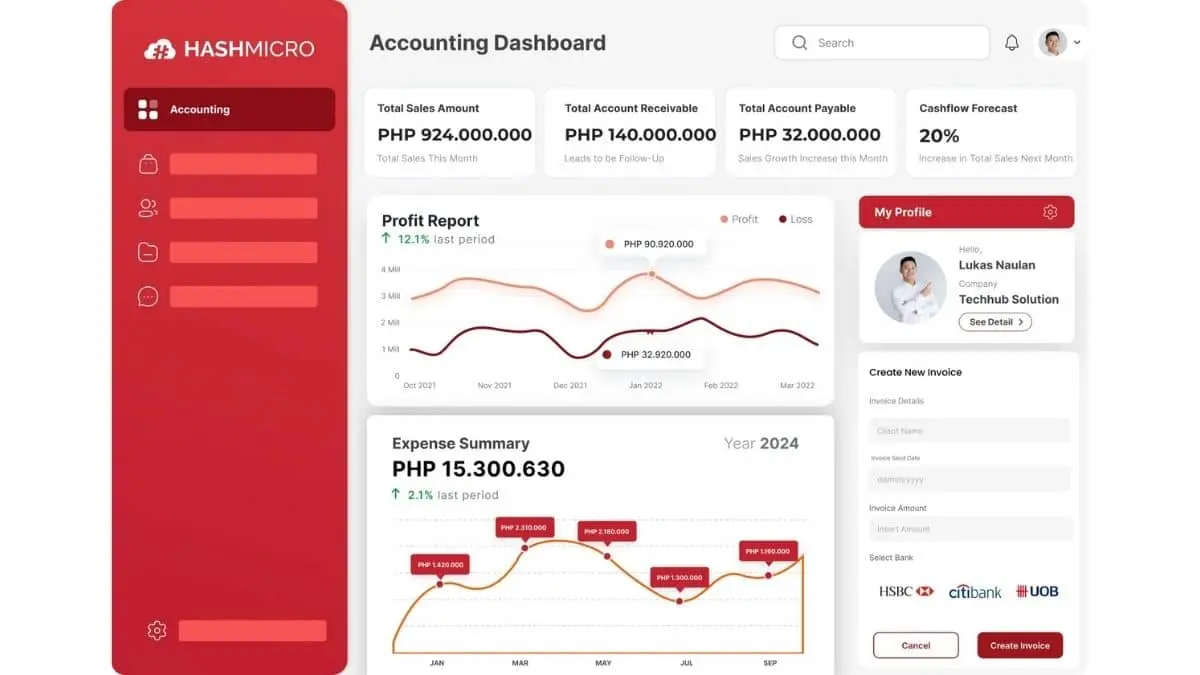
HashMicro offers a powerful Note Receivable management solution designed to improve accuracy and efficiency in tracking outstanding payments. One key feature is automated promissory note processing, seamlessly integrated into our accounting ERP software for real-time financial monitoring.
Experience the capabilities of HashMicro’s Notes Receivable Management Software through a free demo. Explore how automation optimizes amount due tracking, payment schedule, and interest calculations, ensuring businesses maintain a healthy cash flow and minimize overdue accounts.
Why choose HashMicro? Our accounting ERP software automates critical tasks like recording notes receivable, payment reminders, and financial reporting, reducing manual errors and improving collection efficiency. Its seamless integration with other financial modules provides a complete solution for accurately managing accounts receivable.
It helps businesses manage outstanding receivables while ensuring compliance with financial reporting standards. Below are some of the key features of HashMicro’s Accounting ERP Software:
- Automated Bank Integration – The system syncs with multiple banks to auto-reconcile transactions and process auto-payments without manual entry. This reduces errors and saves time when managing financial transactions.
- Advanced Financial Reporting – It generates profit & loss vs. budget comparisons, cash flow reports, and financial statements in real-time. Businesses can analyze financial health accurately and make data-driven decisions.
- Multi-Level Financial Analysis – The software enables financial comparisons across projects, branches, and companies in a single platform. It consolidates inter-company transactions for better transparency and reporting.
- Budgeting & Forecasting Tools – It provides budget budgeting, S-curve, and budget realization to improve financial planning. Managers can track spending against planned budgets and adjust strategies accordingly.
- Automated Customer Follow-ups – This sends customers automated invoice reminders and payment follow-ups, reducing overdue accounts. This feature helps businesses maintain a healthy cash flow with minimal manual effort.
- Comprehensive Treasury Management – The software tracks equity movements, landed costs, and cash forecasts in real-time. It helps businesses optimize liquidity and manage financial risks effectively.
- Customizable Invoicing & Transactions – It allows businesses to customize invoice formats and manage different transaction types, including multi-currency payments. This flexibility ensures smooth operations across various financial processes.
- 3-Way Matching System – The system automatically verifies invoices, delivery orders, and supplier orders to prevent discrepancies. This ensures accuracy in procurement and prevents fraudulent transactions.
- User-Friendly Financial Operations – It streamlines accounts, payments, petty cash, journal entries, and reconciliations in an easy-to-use interface. Businesses can manage their accounting processes more efficiently with fewer manual errors.
These capabilities improve cash flow visibility, enhance financial stability, and strengthen credit management. With HashMicro’s accounting ERP software, businesses can efficiently manage note receivable, minimize risks, and achieve long-term economic success.
Conclusion
Notes receivable help businesses maintain financial stability by structuring repayment terms and improving cash flow. Accounting ERP software automates tracking, due dates, and interest calculations, reducing errors and administrative workload.
HashMicro’s Accounting ERP Software streamlines note receivable management by automating payment tracking, scheduling, and financial reporting. Its seamless integration ensures real-time visibility, minimizing risks and improving cash flow predictability.
Enhance your notes receivable process with HashMicro’s Accounting ERP Software today. Try a free demo and experience how automation simplifies financial management and improves efficiency.
